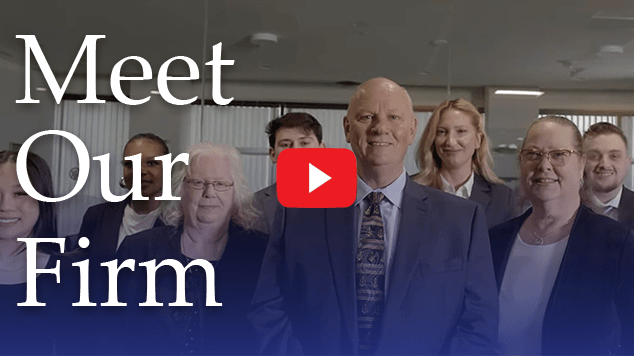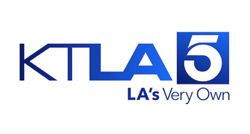
Business owners found and operate businesses in the hope to make a profit. The US Treasury also hopes that businesses are financially successful, which would give rise to tax revenue. Although financial prosperity is the goal, it is not always the reality. In recognizing the potential for a “bad year” (or many of them), the Internal Revenue Code allows taxpayers to carry losses backward and forward to offset income in more successful tax years. But as a business owner recently discovered, detailed documentation must be maintained for losses in prior years for a long time. Documentation necessary to support a line by line audit of every item on a business’s prior tax returns for any year in which a loss arose, was partially utilized or was carried forward, is what is necessary to substantiate a net operating loss or capital loss carryforward. Failure to do so may result in a tax deficiency for prior years and hefty tax penalties.
What are net operating losses (NOL)?
Section 172 of the Internal Revenue Code allows taxpayers to carry losses backward for up to two years and forward up to 20 years. In simpler terms, a taxpayer that is profitable in Years 1 and 2, that sustains a Net Operating Loss in Year 3, may carry back the NOL to the prior two profitable tax years and obtain a full or partial refund of taxes paid in the earlier tax years (in this example years 1 and 2). If, after the loss carryback, there are still unutilized NOL, the taxpayer may carry the remaining NOL forward for up to 20 years from the tax year in which the NOL was sustained. Furthermore, a taxpayer may make an election to not carry the NOL backwards and instead only carry it forward.
Tax Court and Eleventh Circuit Agree with the IRS that NOL records must be retained beyond the traditional three-year statute of limitations
The Court of Appeals for the Eleventh Circuit recently ruled against Mark Jasperson, a former attorney on his appeal from the Tax Court with regard to his NOL carryforward. Jasperson owned and operated 5215 Development, Inc., a firm that liquidated video stores. Founded in 1998, the business suffered NOL’s of $750,262 and $237,596 in 2005 and 2006, respectively. Because Jasperson’s business was an S corporation, the losses flowed through and he used NOL carryforwards between 2008 and 2010 to offset a combined $386,703 of taxable income. He did not carry any of the NOL amount to the two tax years prior to 2005 or 2006, when the losses were sustained.
In 2013, the IRS issued Jasperson a Notice of Deficiency for $44,341, $21,379, and $26,245 for the years at issue. Jasperson challenged the deficiency in Tax Court. Proceedings were postponed for sufficient time in order to Jasperson to gather substantiation proving that 5215 Development actually sustained losses back in 2005 and 2006. The Tax Court ruled in favor of the IRS in their disallowance of the 2005 and 2006 NOLs. Further, the Tax court upheld penalties assessed against Jasperson for substantially understating his taxable income.
The Eleventh Circuit affirmed the ruling of the Tax Court and ordered Jasperson to pay the assessed deficiency and penalty, agreeing that Jasperson failed to produce evidence of his NOLs or proof that he elected to not carry back his losses to the two prior tax years.
What the Eleventh Circuit Ruling Means
The ruling out of the Eleventh Circuit is important because it reinforces prior precedents that establish that taxpayers are required to keep records relating to net operating losses even if the tax year in which the loss was generated is outside of the usual 3-year audit window. The rule of thumb for many taxpayers is that records should be maintained for three years. But as demonstrated by the story above, three years may be 17 years too few if a net operating loss was sustained and is carried forward to future tax years. In addition to the deficiency assessment and penalties, taxpayers like Jasperson are responsible for accrued interest.
Taxpayers who own a business that have generated net operating losses should take special care to keep and maintain detailed financial records. The IRS will not take your word that you sustained a NOL or Capital Loss if it can’t be proven. Again, the Eleventh Circuit ruling reinforces a well-established judicially sanctioned backdoor to the usual three-year statute of limitations for income tax examinations.
Contact an Experienced Tax Attorney Today
Business owners who find themselves at odds with the IRS or state taxing authority should contact an experienced tax attorney as soon as possible. A CPA who is also an experienced attorney has a valuable skillset that can be used to help clients navigate complicated tax situations while maintaining the client’s legal rights. An experienced tax lawyer will ensure that you provide only the legally-required substantiation and that you do not make statements or provide documents that can be harmful or incriminating, later.
The tax and accounting professionals at the Tax Law Offices of David W. Klasing have extensive experience in representing taxpayers in a plethora of tax situations. From civil audits to full-blown civil and criminal litigation, our team is ready to zealously advocate on your behalf. Don’t let your tax troubles keep you up at night. Contact the Tax Law Offices of David W. Klasing today for a reduced-rate consultation.
Also, be sure to check out our YouTube channel for insightful tax videos.












